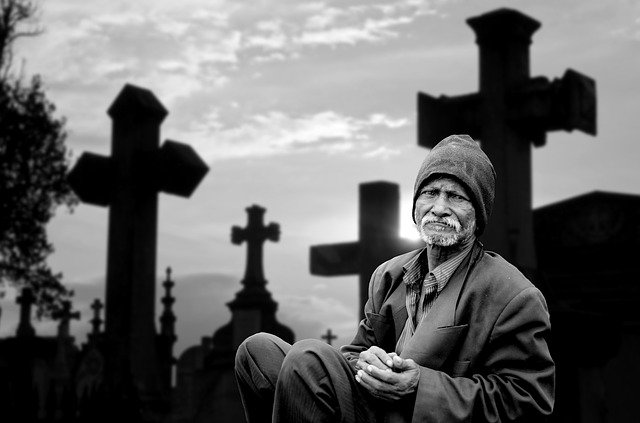Care for older people is a widespread phenomenon. In some high-income countries, there is variable funding for social care; for example, Germany has a special tax to help fund this. In the United Kingdom (UK), social care for patients in institutions is means tested, for example, above a certain level of assets this is self-funded. The same is in the United States. Consequently, this is an issue facing all countries (Robertson et al., 2014). The evolution of the aging population is faster to live in low-and-middle-income countries (LMICs). Eighty percent of older adults will live in LMICs (Agbogidi and Azodo, 2009; WHO, 2017a), including Ghana.
A study conducted in Malaysia observed that older people with education, income and the need for healthcare was associated with healthcare services utilization (Yunus et al., 2017). Hamiduzzaman et al. (2016) also ascertained factors that influenced older female’s utilization of healthcare services in rural Bangladesh. They identified deprivation of adequate education, social and economic dependency on males and family, inadequate and ineffectual institutional healthcare arrangements and misappropriation of funds. In a similar study, Hren et al. (2015) revealed that older persons in Slovenia often sought out-patient-department services and hospitalization. The study found that age and education were the factors that influenced the use of healthcare and other related services. Also, worth reiterating is the fact that increase in the population of older adults is occurring along the same timelines as the breakdown in the traditional system of social protection and care (Kpessa-Whyte, 2018) due to urbanization, socio-economic development, and globalization. This has implications for the well-being of older adults and policy.
In sub-Saharan Africa (SSA), a rapidly aging population is presenting challenges to healthcare systems. Doctors need specialized knowledge to be prepared for the increase in age-related medical conditions. Further, older adults are likely to be challenged with physical, mental, and social changes that require adjustment as they attain later life (Martin et al., 2008). These are indicative of an impending burden of elder care. Geriatric care is associated with hospitalization irrespective of the form it takes. A study conducted by Frost et al. (2015) shows that 4% of medical schools in SSA taught geriatrics while 40% had no geriatrics teaching. Additionally, the most significant perceived barriers to geriatric education and the attendant care were a lack of staff expertise (72%), lack of funding (52%), and absence of geriatrics in the national curricula (48%). There are still a large number of medical schools in SSA who do not teach geriatrics. Healthcare needs such as orthostatic hypertension measurement/management, vision assessment, toileting schedule (Colon-Emeric et al., 2018; Sharma et al., 2018) may require comorbidity management. This has implications for the quality of care delivered (Colon-Emeric et al., 2018) to them.
Also, substantial social class differences exist in preferences for activities including perceptions about institutional care. It also has economic effects on these range of possible activities. Some social class differences in activities culminate from differences in what people are taught to prefer whereas others reflect differences in financial capacity (Atchley and Barusch, 2004) notwithstanding the notion of need. The divisions between social classes are becoming wider, not narrower. In the UK, for example, figures from the Equality Trust (2017 cited in Manstead, 2018) show that the top one-fifth of households have 40% of national income, whereas the bottom one-fifth have just 8% (Manstead, 2018). Research by Savage et al. revealed that the differences between the social classes they identified extended beyond differences in financial circumstances. There were also marked differences in social and cultural capital, as indexed by the size of social networks and the extent of engagement with different (cultural) activities, respectively.




